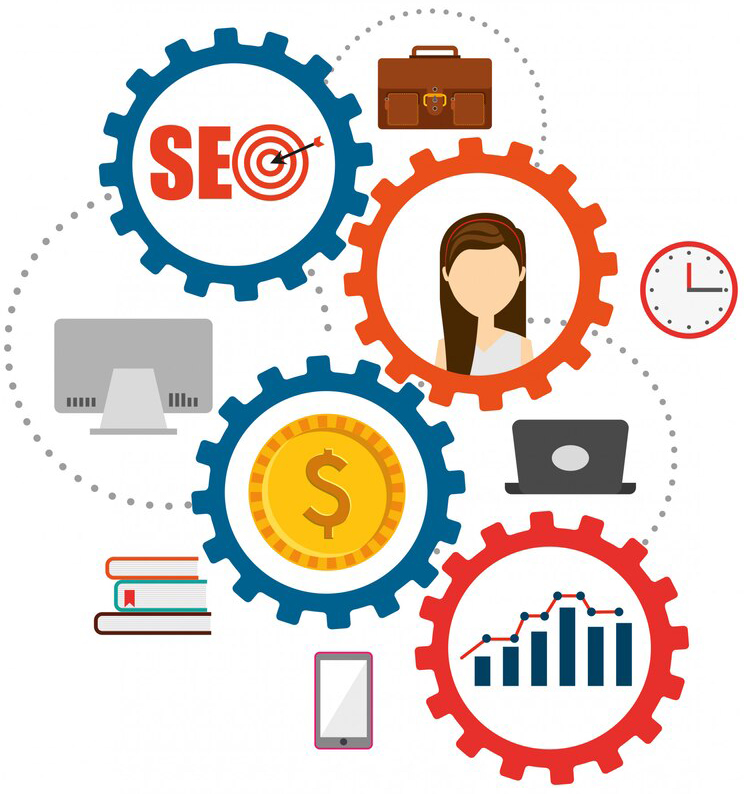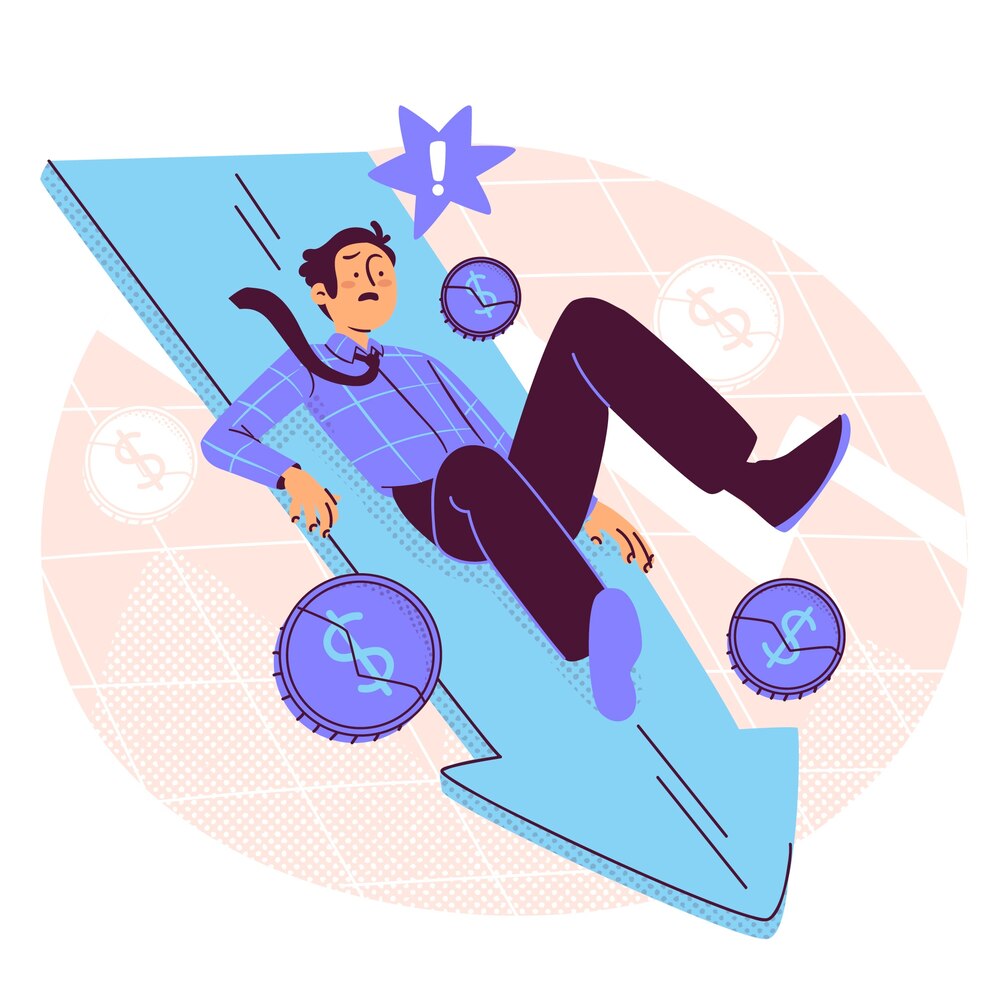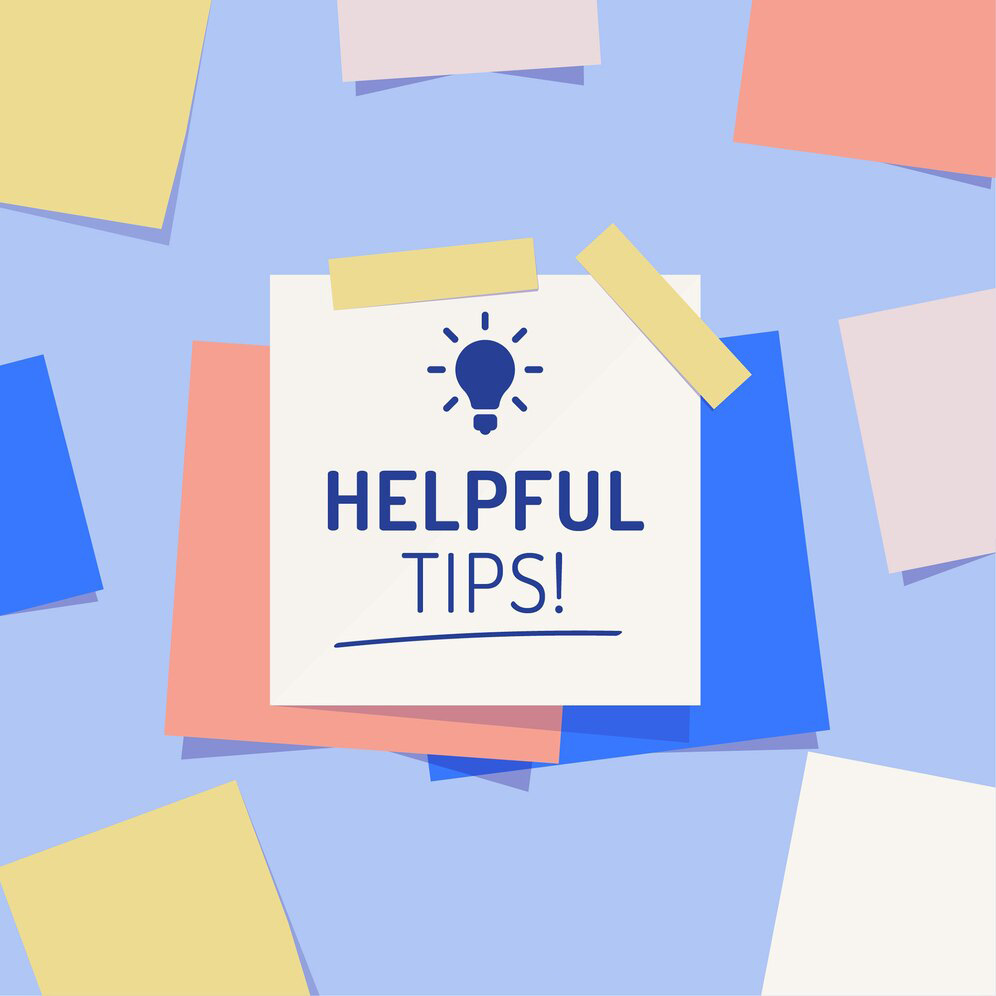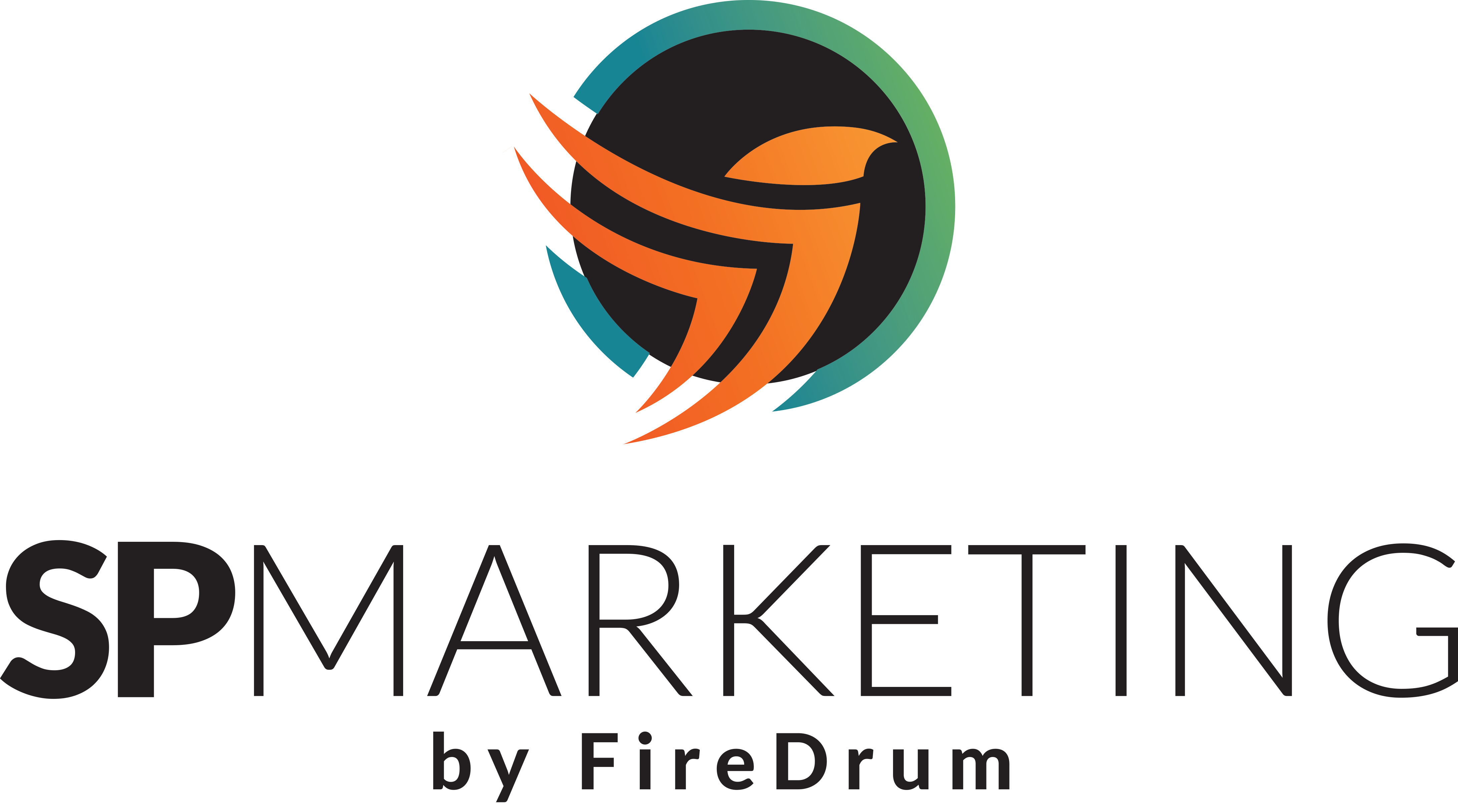Example: A B2B SaaS company may segment leads based on how often they engage with product demos, ensuring that those who watch a full demo receive a sales follow-up while those who show less interest receive educational content.
Crafting Drip Campaigns That Convert
Email marketing remains one of the most effective ways to nurture leads, and automation takes it to the next level. Drip campaigns allow businesses to send targeted emails based on user actions at predetermined intervals.
Key types of email automation:
- Welcome Sequences – Introduce new subscribers to your brand with a structured email series.
- Lead Nurturing Sequences – Gradually guide leads toward a purchase decision with educational content.
- Re-engagement Campaigns – Win back inactive subscribers with special offers or updates.
- Transactional Emails – Automate confirmations, shipping updates, and follow-ups.
Example: A financial services company can use a drip campaign to educate leads about different investment options, sending personalized content based on their risk tolerance and previous interactions.
Lead Scoring & Nurturing
Not every lead is sales-ready. Lead scoring helps businesses prioritize high-intent prospects by assigning points based on their interactions. For example:
- Opening an email: +5 points
- Clicking on a pricing page: +15 points
- Requesting a demo: +30 points
Once a lead reaches a threshold score, it can be handed off to sales or moved into a more targeted nurture campaign.
Example: A B2B software company may use lead scoring to determine when a prospect is ready for a sales call, ensuring sales teams focus on warm leads rather than cold contacts.
Syncing Automation with Lead Tracking
A marketing automation system is most effective when integrated with a Customer Relationship Management (CRM) platform. This ensures that all customer interactions, from emails to phone calls, are tracked in one place, allowing seamless handoffs between marketing and sales teams.
Key benefits of CRM integration:
- Real-time updates on customer interactions.
- Better segmentation and personalization.
- Improved collaboration between sales and marketing.
Example: A real estate firm integrating automation with its CRM can automatically assign leads to agents based on location and interest, streamlining follow-ups.
Multi-Channel Automation
Marketing automation isn’t limited to just email. It extends across multiple channels to create a cohesive customer experience.
- Social Media – Automated scheduling, AI chatbots, and social listening.
- Paid Ads – Retargeting campaigns that adjust based on user interactions.
- Website Chatbots – AI-powered assistants that engage visitors in real time.
- SMS & Push Notifications – Timely updates and promotions.
Example: A retail brand can create a multi-channel automation flow where a customer who browses a product receives a retargeting ad on Facebook, followed by an abandoned cart email, and finally, an SMS discount reminder.
A rock-solid marketing automation strategy incorporates all these elements to ensure businesses reach targeted customers with the right message at the right time. Companies can significantly enhance engagement and drive conversions by leveraging segmentation, email automation, lead scoring, CRM integration, and multi-channel outreach.










